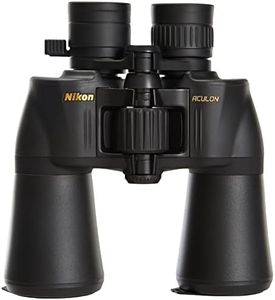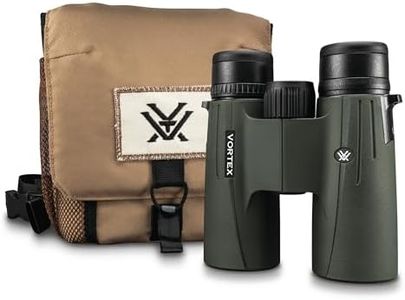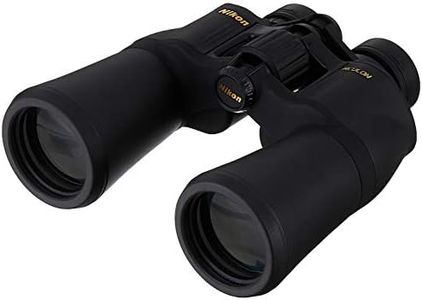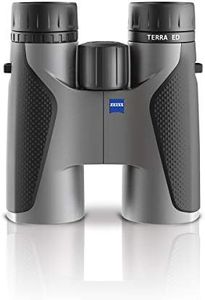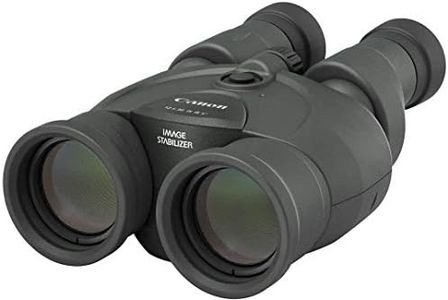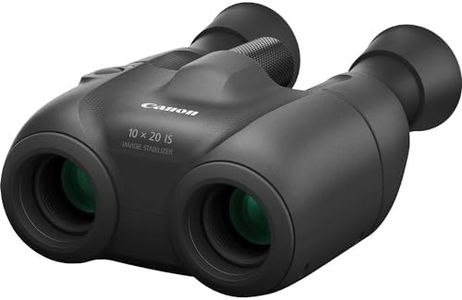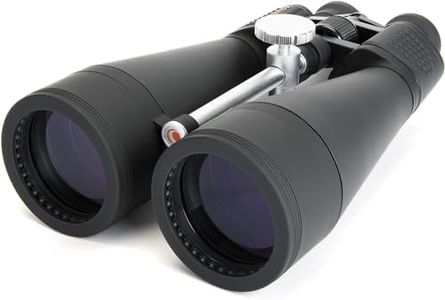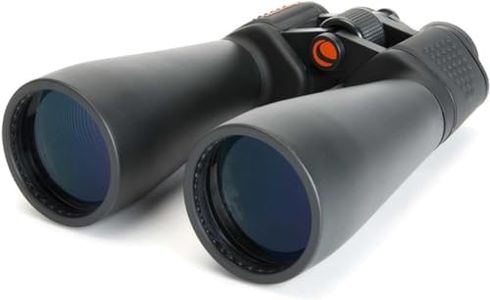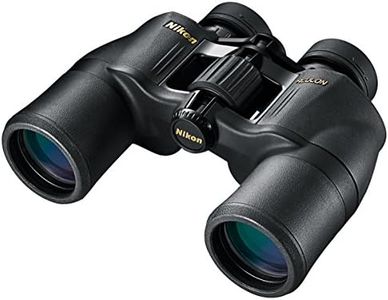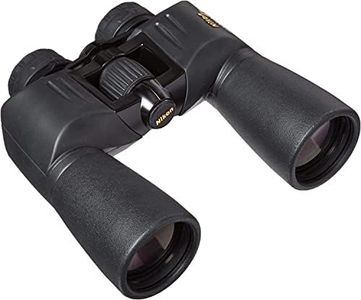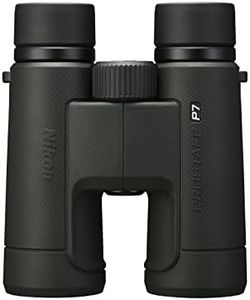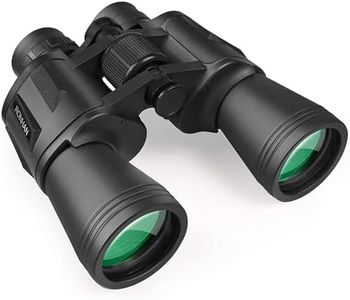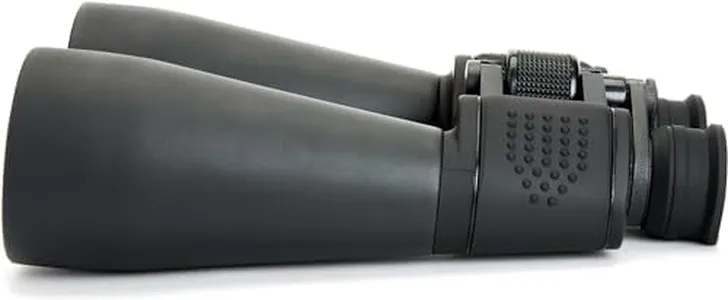We Use CookiesWe use cookies to enhance the security, performance,
functionality and for analytical and promotional activities. By continuing to browse this site you
are agreeing to our privacy policy
10 Best Binoculars For Long Distance Viewing
From leading brands and best sellers available on the web.Buying Guide for the Best Binoculars For Long Distance Viewing
Selecting binoculars for long-distance viewing is an exciting process because it lets you explore the world up close, even if what's interesting is far away. When picking binoculars specifically suited for long-range use, it helps to understand the most important specifications and how they match your own needs. The key is to recognize how features like magnification, lens diameter, field of view, and optical coating affect your experience, and to consider when portability or image stability might matter to you.MagnificationMagnification is expressed as the first number in a binocular specification (like 10x42, where 10 is the magnification). It tells you how many times closer an object will appear compared to the naked eye. For long-distance viewing, higher magnification (usually 10x to 20x) is desirable because it brings far objects into clearer view. However, the higher the magnification, the narrower the field of view and the harder it is to keep the image steady without support. If you're using binoculars mostly for stationary viewing or astronomy, higher magnification works well. If you'll be moving or hand-holding, something more moderate like 8x or 10x could be easier to use.
Objective Lens DiameterThis is the second number in the specification (for example, 10x42, where 42 is the lens diameter in millimeters). Larger lenses gather more light, which is crucial for seeing more detail at long distances, especially in low light. Binoculars for long-distance work often have objectives of 42mm or larger, even up to 56mm or 70mm. Bigger diameters mean brighter images, but also a bulkier and heavier binocular. If you'll be out in daylight, moderate size is enough; for low light or astronomical use, go larger, but expect extra weight.
Field of ViewField of view refers to the width of the area you can see through the binoculars, usually measured in feet at 1,000 yards or in degrees. As magnification increases, the field of view generally decreases. For long-distance spotting, a narrower field of view might be fine if you're focused on one distant object, but if you want to scan wide areas (like for birds in flight or scenery), a wider field may be helpful. Think about whether tracking moving subjects or seeing large scenes is important when deciding how much field of view you need.
Image StabilizationImage stabilization (IS) is a feature found in some binoculars that electronically reduces the effects of hand shake, making the view much steadier, especially at high magnification. This is particularly useful for long-distance observation because even small hand movements are magnified. If you're using high-power binoculars without a tripod, or if you have unsteady hands, consider models that offer IS. If most of your viewing will be from a tripod or stable surface, this feature is less critical.
Optical CoatingsThe lenses in binoculars are coated with special chemical layers that improve light transmission and reduce glare. You might see terms like 'fully coated', 'multi-coated', or 'fully multi-coated.' More coatings usually mean brighter and clearer images, important for long-distance viewing where detail matters. For best performance, choose binoculars that are fully multi-coated to maximize brightness and sharpness, especially when looking across great distances or in low light.
Size and WeightSize and weight become more significant as lens diameter and features increase. Higher magnification and bigger lenses make binoculars heavier and less portable. If you'll be carrying your binoculars for extended periods or hiking to distant locations, opt for a lighter model, even if it means a slight trade-off in image brightness or power. On the other hand, for use mainly from a fixed spot, weight is less of a concern.
Eye ReliefEye relief is the distance you can hold the binoculars from your eyes and still see the full image. This is especially important if you wear glasses. Longer eye relief, typically 15mm or more, allows comfortable viewing with glasses, and also reduces eye strain during long observation sessions. If you plan on extended use or wear glasses, prioritize models with generous eye relief.

